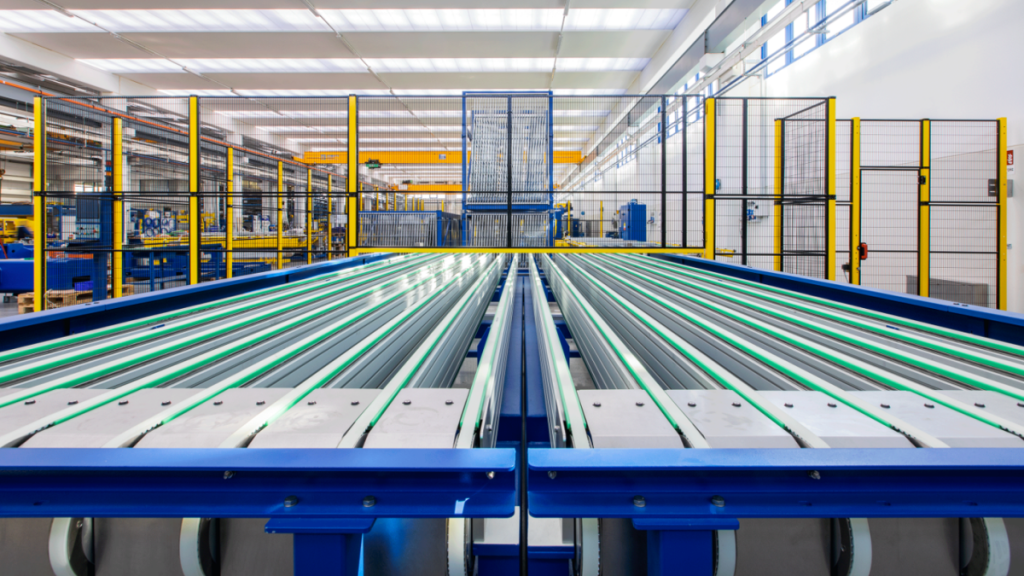There are many important safety standards that businesses must follow when it comes to using machines in the workplace. One of these is the Machine Guarding OSHA Standards, which sets specific requirements for how machines should be safely guarded to protect employees from injuries.
If your business uses any type of machine in the workplace, it’s important to familiarize yourself with all of the relevant OSHA safety standards that apply – including those related to machine guarding. Failing to do so could put your employees at risk of serious injury or even death.
What You Need to Know for Compliance
The Machine Guarding OSHA Standards set specific requirements for how machines should be safely guarded to protect employees from injuries. The standards apply to any type of machine, and businesses must follow them when using machines in the workplace.
How to Comply with OSHA’s Requirements for Machine Guarding?
One of the most important aspects of safety related to machinery is proper guarding. Machines can cause serious injuries if not properly guarded, so employers must take steps to ensure that employees are safe while working with them. According to the Machine Guarding OSHA Standards, there are a few specific things that businesses must do when it comes to safeguarding their machines:
- Install guards around hazardous parts of machinery
- Make sure all guards are properly installed and maintained
- Train employees on how to use equipment safely and understand the hazards associated with each machine
- Eliminate pinch points where fingers or other body parts could get caught between moving parts
These are just a few examples – consult your local OSHA office for more information about specific safety standards related to machine guarding in your industry.
Basics of Machine Guarding OSHA Standards
Machine guarding is one of the most important safety measures that must be taken into account when using industrial machinery. According to OSHA regulations, there are specific safety standards that must be followed to ensure the protection of employees from potential injuries.
There are several types of machine guarding that can be used to protect employees from potential injuries. The most common types of machine guarding include guards which cover the moving parts of the machinery, barriers or fences to keep employees away from hazardous areas, and light curtains or other sensing devices to detect when an employee is in a danger zone.
Tips for Effective Machine Safety Guards
Employers need to ensure that their employees are familiar with the specific safety standards related to the use of industrial machinery. Employees should also be trained on how to properly operate machines while following all applicable safety precautions.
Employers should take the necessary steps to ensure that their employees are familiar with industrial machinery safety standards. Employees need to be properly trained on how to use machines while following all applicable safety precautions.
Conclusion
In addition to familiarizing employees with safety standards, employers should also provide adequate training on how to operate machines safely. This will help minimize the risk of accidents while using industrial machinery.

